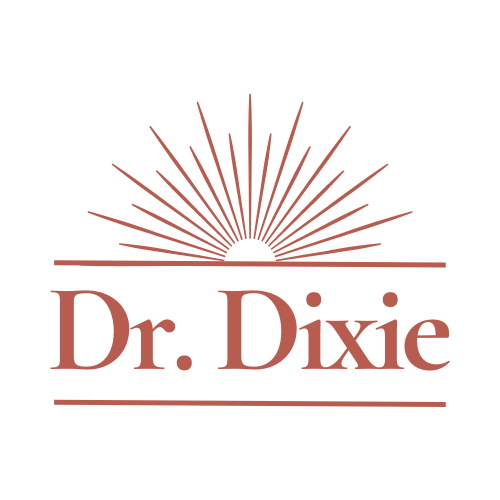Benefits of High Intensity Exercise
Exercise Smarter rather than harder. Here is some of the research and workouts that can be serious game changers for your body.
Similar to the fear that integrating fat into my diet would make me enormous, I also was scared to quit doing hours of cardio. However, with trial and error, and a great mentor, I've learned how to workout smarter in less time using High Intensity Interval Training (HIIT). Here is some of the research and workouts that can be serious game changers for your body. Below are three of my exercise mentors programs you may find helpful.
Peak Eight by Dr. Mercola
Peak Fitness is a term I am coining to represent a comprehensive exercise program that includes far more than typical cardio training. The major change is that once or twice a week you do Peak Fitness exercises, in which you raise your heart rate up to your anaerobic threshold for 20 to 30 seconds, and then you recover for 90 seconds.
You would repeat this cycle for a total of eight repetitions. These cycles are preceded by a three minute warm up and two minute cool down so the total time investment is about 20 minutes. The key is to push your heart rate into that training zone for 30 seconds and then recover slowly for 90 seconds. We call it "Peak Fitness" because if you graph your heart rate, you will see that it peaks 8 times during the workout.
Max HGH Protocol by Tyfit
Tyson also agrees with Mercola in saying no fat 2 hours before, and no sugar or carbs 2 hours after work out. Also saying it is essential to do warm ups before exercise. Here is his routine:
The Max HGH Protocol should be done NO MORE than 3 times per week. If you've never done the workout before, start with 2 workouts per week, with at least 1 day of rest between sessions. IMPORTANT: Breaks between sprints should not exceed 90 seconds.
SPRINT #1: Start at 40% intensity and build to 60% SPRINT #2: Start at 50% intensity and build to 70% SPRINT #3: Start at 60% intensity and build to 80% SPRINT #4: Start at 70% intensity and built to 90% SPRINT #5: Start at 80% intensity and build to 100%*** SPRINT #6-8: 100% intensity.
Cool Down: Walk for 1/2 mile. *** If this is your 2nd week doing sprints, begin at 100% intensity for this sprint.
I also could not write an exercise blog without mentioning my personal trainer and mentor Ben Greenfield. Ben is a researcher, triathlete and seeker of all the greatest gadgets and things. I highly recommend his book, Beyond Training.
Benefits of High-Intensity Exercise
Exercise Intensity Levels
| Level of Intensity | Maximum Heart Rate (MHR) | Physical Causes |
| Light | 40%-55% of MHR | Does not induce sweating unless it is a hot, humid day. No noticeable change in breathing. |
| Moderate | 55%-69% of MHR | Sweating after 10 minutes. Breathing becomes deeper and more frequent. You can carry on a conversation, but not sing. |
| High | 70% or greater MHR | Will break a sweat after 3-5 minutes. Breathing is deep and rapid. You can only talk in short phrases. |
Maximum Heart Rate = 220-your age in years
Neuroendocrine-Immune Responses to Exercise Intensities
| Exercise Outcomes | Light-to Moderate- Intensity Exercise | High-Intensity Exercise |
| Growth Hormone Release | No Release | High Release |
| Opioid Release | No Release | High Release |
| Nitric Oxide Response (eNOS) | Low to Moderate Release | High Release |
| Brain-Derived Neurotropic Factor Release | Low to Moderate Release | High Release |
| Insulin Receptor Sensitivity | Low Release | High Release |
| Immune Enhancement | Low Release | High Release |
| Oxidative Stress and Risk for Overtraining Syndrome | Low Release | High Release |
Why is this beneficial?
Opioid Response: Lowers inflammation
Nitric Oxide Response: Increases circulation, dissolve plaquing of blood vessels
Brain-Derived Neurotropic Factor Release: Helps branching between neurons (improves connectivity in the brain, can also help ADHD), helps nerves grow, improves neuron synapses, makes neuronal synapses and communication more efficient, and reduces neurodegeneration rick.
Growth hormone: improves immune function, improves testosterone and estrogen levels, improves brain synapses, increases burning body fat, improves blood glucose, improves recovery, improves cardiac efficiency, promotes anabolic metabolism, and increases bone density.
So, when you increase exercise intensity, you increase circulation to the brain, which increases the number of neuron connections. To put this into perspective…Einstein did not have more neurons than the average person, but he had more neuron connections.
Nutritional Support for Exercise Responses:
Pre-Workout (on and empty stomach):
L-Glutamine and L-Arginine (L-Arginine only if you have no noe viral patterns!)
Nitric Balance: Supports nitric oxide isomer expression
Electro-pH Complex: Includes electrolytes and nutrients for pH support
L Carnitine: Burns fat
B12: More energy
Bee Pollen- studies show an increase in strength and endurance in this superfood’s users
Cocoa Powder- Yes chocolate! Study showed an increase in endurance of 17 percent in long distance cyclist
Caffeine- 100 mg seems to be the conseses
Nicotine- one milligram is therapeutic dosage for pre workout
During-long Workouts over 45 minutes
MCT Oil: Burns fat, converts to energy quickly
Collagen Protein
Branch Chain Amino Acids: Alkalizes
Post-Workout (on an empty stomach):
High Protein Meal
Electro-pH Complex: Includes electrolytes and nutrients for pH support
Using Exercise to Reestablish the Cortisol Circadian Rhythm:
Symptoms of abnormal cortisol awakening response:
Difficulty waking up in the morning, need coffee or nicotine to function in the morning, no appetite in the morning, no motivation in the morning, lowest energy of the day in the first hour after awakening.
Don’t Worry! You can jumpstart the car by exercising within the first 30 minutes of waking up!
Pushups, deep squats, jump rope, run in place for 20 seconds, full out. Then rest for 20 seconds. No more than five minutes total.
Metabolic Overtraining Syndrome:
The more intense the exercise, the greater the neuroendocrine-immune impact for the positive outcome, but also the greater the risk for metabolic overtraining syndrome.
How do I know if I am overtraining?
Performance: Inability to recover from workouts, inability to complete workouts, performance getting worse, or increased injuries.
Psychological: Loss of motivation and enthusiasm, loss of competitive drive, depression, irritability, aggression for minor reasons.
Physical: Weakened immune system, loss of libido, loss of menstrual cycle, increase or decrease in body weight, decreased muscle strength.
Physiological shifts with metabolic overtraining syndrome:
Temporary inflammation: Muscle soreness, joint soreness, depressed mood, brain fog
Electrolyte depletion: dehydration, frequent urination, muscle cramps, headaches, excess or lack of sweat
Alters dopamine and serotonin neurochemistry: depressed mood, loss of motivation, loss of enthusiasm, inability to focus
Alters Hypothalamic-Pituitary-Adrenal axis: insomnia, energy crashes, dysglycemia
Pregnenolone Steal: Decrease reproductive hormones
Suppresses Luteinizing Hormones: Decreased progesterone in females (loss of cycle), Decreased testosterone in males (lower libido, lower anabolism)
Suppresses Natural Killer Cells: May weaken immune system
Suppresses Secretory IgA: May weaken gastrointestinal immunity
Promotes Intestinal Permeability: May trigger inflammatory/food sensitivities
Nutritional Support for Exercise Responses:
Pre-Workout (on and empty stomach):
Nitric Balance: Supports nitric oxide isomer expression
Electro-pH Complex: Includes electrolytes and nutrients for pH support
L Carnitine: Burns fat
B12: More energy
During-long Workouts over 45 minutes
MCT Oil: Burns fat, converts to energy quickly
Collagen Protein
Branch Chain Amino Acids: Alkalizes
Post-Workout (on an empty stomach):
High Protein Meal
Electro-pH Complex: Includes electrolytes and nutrients for pH support

